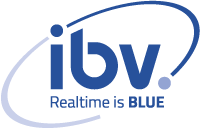icNET Fieldbus Solutions
Protocol stacks for embedded systems
Today, field buses are used in various applications in industrial automation, automotive industry and medical technology to distribute control signals to actuators and status information from sensors in a networked system.
IBV offers software solutions for industrial communication under the brand icNET. In countless customer projects, IBV has gained experience with various field bus systems. Based on this experience, software products were designed and developed – especially for the use on embedded systems. With the icNET software solutions from IBV you can integrate a tested implementation into your product and bring it faster and cheaper to market.


TSN
Software Solution
IBV offers customer-specific services in the field of TSN. Examples can be found in the fieldbus technologies section.

Ethernet POWERLINK
Software Solution
IBV has deep experience with ETHERNET POWERLINK from various projects and offers customer specific services. More information can be found in the fieldbus technologies section.

CAN
Software Solution
IBV offers customer specific services in the field of CAN and CANopen and has deep experience with this bus system from various customer projects. More information can be found in the fieldbus technologies section.

Modbus
Software Solution
IBV has integrated Modbus technology in various customer projects. You can find more information in the fieldbus technologies section.

